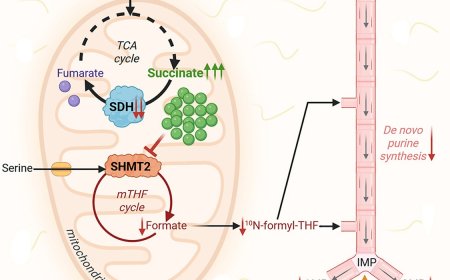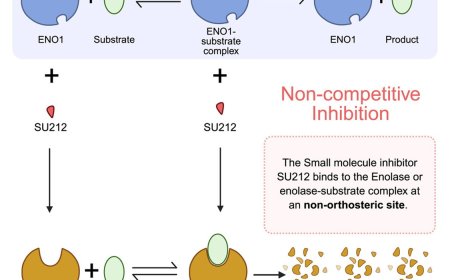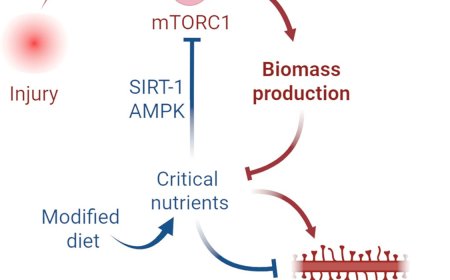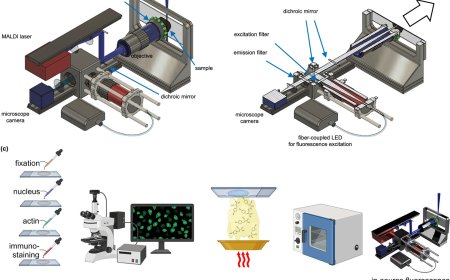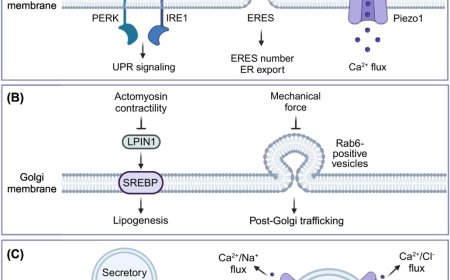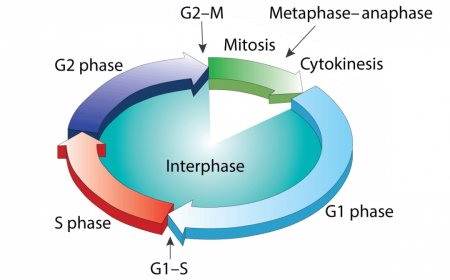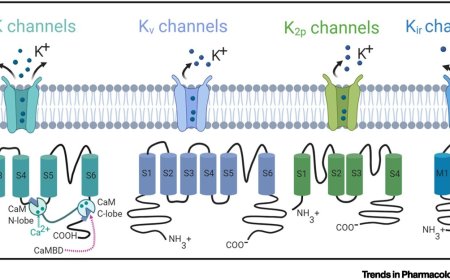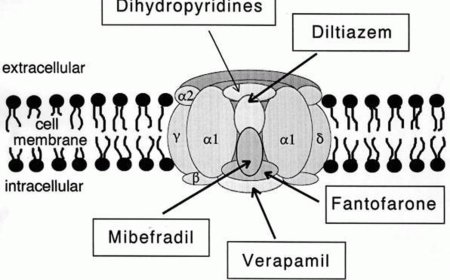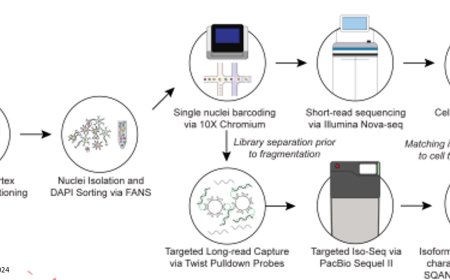Regulators of ageing in neural stem cells
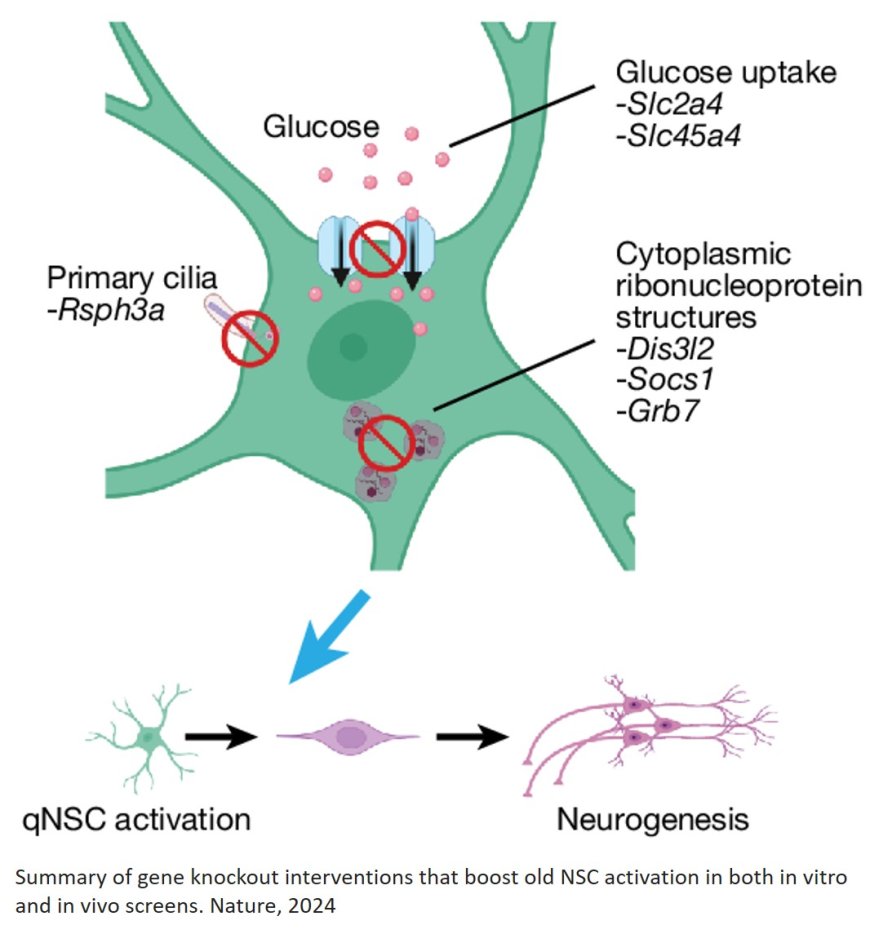
Most neurons in the human brain last a lifetime, and for good reason. Intricate, long-term information is preserved in the complex structural relationships between their synapses. To lose the neurons would be to lose that critical information — that is, to forget.
Intriguingly, some new neurons are still produced in the adult brain by a population of cells called neural stem cells. As brains age, however, they become less and less adept at making these new neurons, a trend that can have devastating neurological consequences, not just for memory, but also for degenerative brain diseases such as Alzheimer’s and Parkinson’s and for recovery from stroke or other brain injury.
A new study, published in Nature, sheds hopeful new light on how and why neural stem cells, the cells behind the generation of new neurons in the adult brain, become less active as brains age. The research also suggests some intriguing next steps in addressing old neural stem cell passivity — or even stimulating neurogenesis, the production on new neurons, in younger brains in need of repair — by targeting newly identified pathways that could reactivate the stem cells.
The team used CRISPR platforms, molecular tools that allow scientists to precisely edit the genetic code of living cells, to conduct a genome-wide search for genes that, when knocked out, increase the activation of neural stem cells in cultured samples from old mice, but not from young ones.
“We first found 300 genes that had this ability— which is a lot,” emphasized the senior author. After narrowing the candidates down to 10, “one in particular caught our attention,” the author said. “It was the gene for the glucose transporter known as the GLUT4 protein, suggesting that elevated glucose levels in and around old neural stem cells could be keeping those cells inactive.”
There are parts of the brain, such as the hippocampus and the olfactory bulb, where many neurons have shorter lives, where they regularly expire and may be replaced by new ones, said the lead author of the Nature paper. “In these more dynamic parts of the brain, at least in young and healthy brains,” the author said, “new neurons are constantly being born and the more transient neurons are replaced by new ones.”
The authors took advantage of the distance between the part of the brain where the neural stem cells are activated, the subventricular zone, and the place the new cells proliferate and migrate to, the olfactory bulb, which is many millimeters away in a mouse brain. By knocking out the glucose transporter genes in the former, waiting several weeks, then counting the number of new neurons in the olfactory bulb, the team demonstrated that knocking out the gene indeed had an activating and proliferative effect on neural stem cells, leading to a significant increase in new neuron production in living mice. With the top intervention, they observed over 2-fold increase in newborn neurons in old mice.
“It’s allowing us to observe three key functions of the neural stem cells,” the author said. “First, we can tell they are proliferating. Second, we can see that they’re migrating to the olfactory bulb, where they’re supposed to be. And third, we can see they are forming new neurons in that site.”
The same technique could also be applied to studies of brain damage, the author said. “Neural stem cells in the subventricular zone are also in the business of repairing brain tissue damage from stroke or traumatic brain injury.”
The glucose transporter connection “is a hopeful finding,” the senior author said. For one, it suggests not only the possibility of designing pharmaceutical or genetic therapies to turn on new neuron growth in old or injured brains, but also the possibility of developing simpler behavioral interventions, such as a low carbohydrate diet that might adjust the amount of glucose taken up by old neural stem cells.
The researchers found other provocative pathways worthy of follow-up studies. Genes relating to primary cilia, parts of some brain cells that play a critical role in sensing and processing signals such as growth factors and neurotransmitters, also are associated with neural stem cell activation. This finding reassured the team that their methodology was effective, partly because unrelated previous work had already discovered associations between cilia organization and neural stem cell function. It is also exciting because the association with the new leads about glucose transmission could point toward alternative avenues of treatment that might engage both pathways, Brunet said.
“There might be interesting crosstalk between the primary cilia — and their ability to influence stem cell quiescence, metabolism and function — and what we found in terms of glucose metabolism,” the author said.
“The next step,” the author continued, “is to look more closely at what glucose restriction, as opposed to knocking out genes for glucose transport, does in living animals.”
